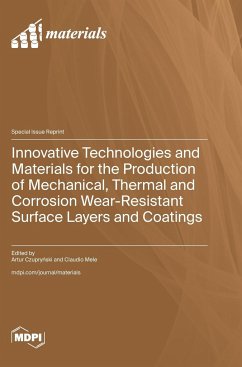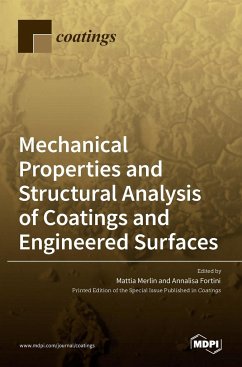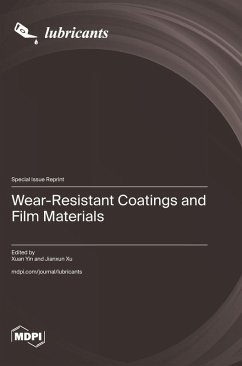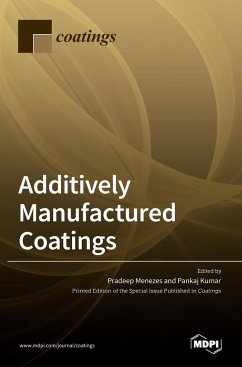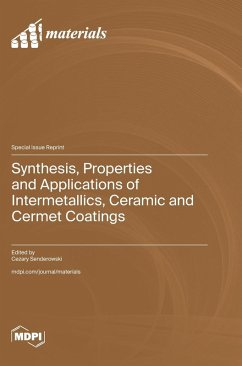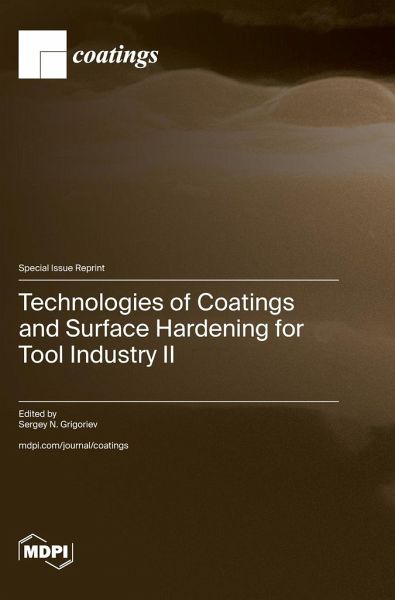
Technologies of Coatings and Surface Hardening for Tool Industry II
Versandkostenfrei!
Versandfertig in 1-2 Wochen
82,99 €
inkl. MwSt.

PAYBACK Punkte
41 °P sammeln!
The innovative multi-component, nanocomposite, self-healing adaptive, and nano-thin coatings, technologies of their deposition, surface hardening and engineering developed in recent years allow us to obtain practically any physical-mechanical or crystal-chemical properties of the surface for prolongation of the service life of responsible product working under the conditions of intensive mechanical and thermal loads, and moisture. The scientific approach to improving the operational parameters of the product's surface made of traditional industrial materials is a highly costly and long-lasting...
The innovative multi-component, nanocomposite, self-healing adaptive, and nano-thin coatings, technologies of their deposition, surface hardening and engineering developed in recent years allow us to obtain practically any physical-mechanical or crystal-chemical properties of the surface for prolongation of the service life of responsible product working under the conditions of intensive mechanical and thermal loads, and moisture. The scientific approach to improving the operational parameters of the product's surface made of traditional industrial materials is a highly costly and long-lasting process. Different technological techniques, such as plasma vapor deposition (radio frequency magnetron sputtering, high-power impulse magnetron sputtering, closed-field unbalanced magnetron sputtering, filtered cathodic vacuum arc deposition), atomic layer deposition, and other solutions are used for this. The edition aims to provide a review of the current state of the research and developments in the field of coatings and surface hardening technologies for cutting tools and microelectronics components, diagnostic solutions of the sputtering systems that can ensure a substantial increase in the reliability and operational life of the product. The main emphasis lies in the results of the research and engineering works that have proven successful in laboratory or manufacturing conditions. The presented studies are aimed at completing the previously published advances in the first Special Issue and contributing to the transfer of the tool industry to the next technological paradigm.






